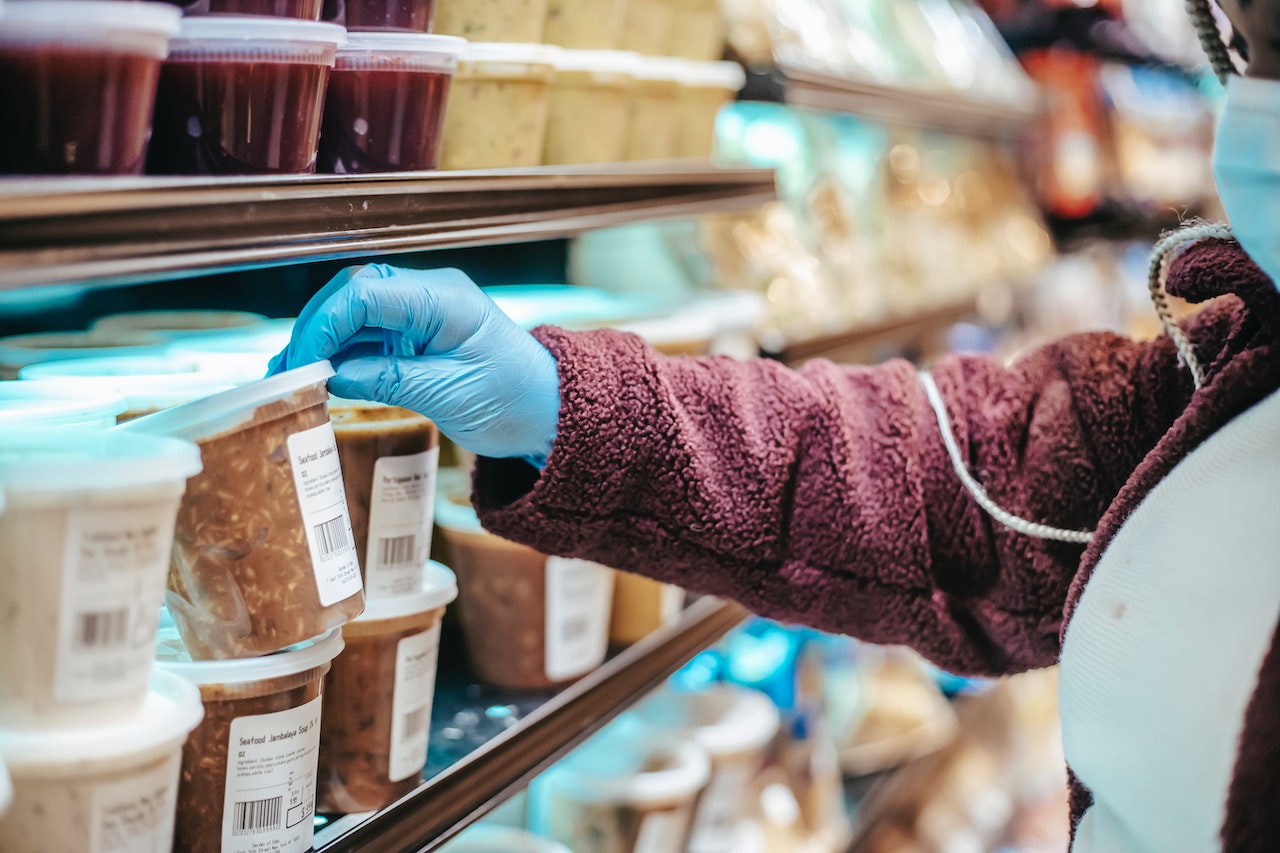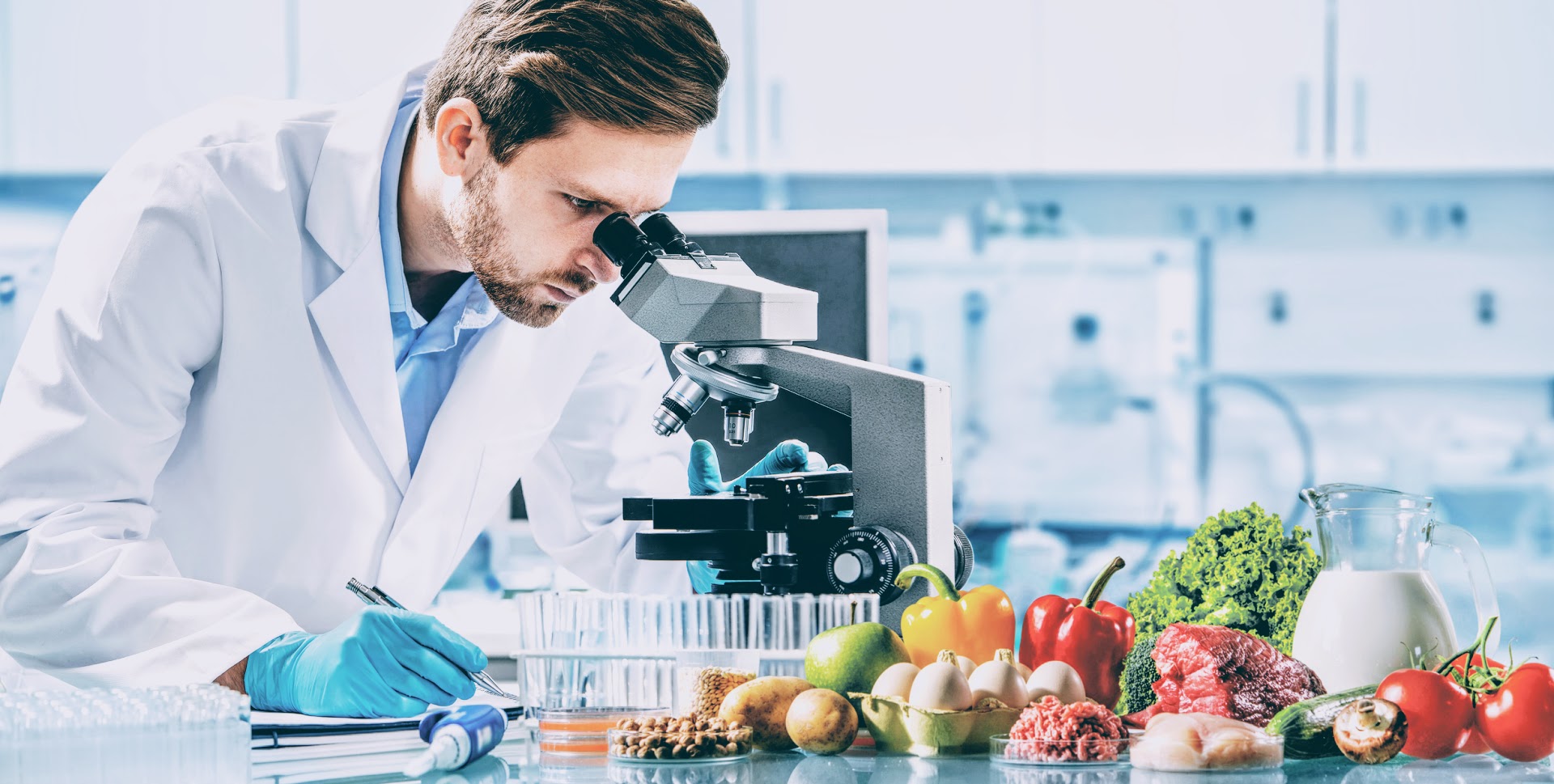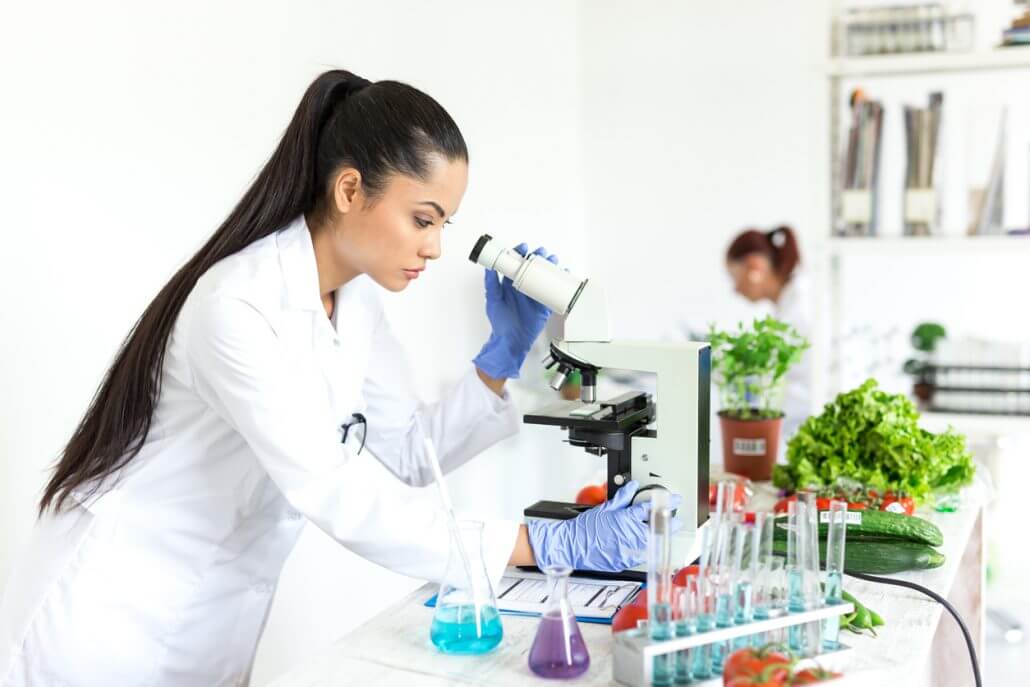
Food is essential to daily life, providing nourishment, sustenance, and enjoyment. However, behind every delicious meal, food safety often goes unnoticed. Food safety encompasses a set of practices, regulations, and precautions to prevent foodborne illnesses and ensure the quality and integrity of the consumed food. Here, you will explore why food safety is importantfor health, society, the economy, and the environment.
What Is Food Safety?
Pathogenic bacteria, viruses, parasites, or chemical agents may contaminate food. Additionally, food contamination may happen at any point throughout manufacturing, processing, distribution, storage, and preparation. A scientific field called food safety is used to define all the procedures necessary to keep food safe. Safe handling, preparation, and storage practices for food are called "food safety."
Why Is Food Safety A Public Health Issue?
Unreported cases of foodborne disease affect the public's health. These infections, sometimes known as food poisoning, may hurt public health. A foodborne illness affects an estimated 4 million Canadians annually. However, many of these incidents go unreported. While most individuals manage these health issues reasonably efficiently, more than 200 people die yearly from foodborne infections and around 11,000 need hospitalization.
Allergens are the most significant and urgent issue. 3.500 Canadians are hospitalized each year for anaphylactic shock brought on by dietary allergies. According to research, most of these allergic responses occur outside the house, putting restaurants more at risk than food processors. However, educating customers about the possibility of allergen interaction with food products is essential.
Food preparation and handling facilities may avoid foodborne diseases and allergy cross-contamination by adhering to particular criteria in their operations and by hiring outside firms to evaluate their food safety protocols. Having systems and procedures in place to safeguard food is crucial.
How Does Food Safety Help To Save Lives?
Contrary to popular belief, food safety plays a far more significant role in the food chain as a whole. Food enterprises must employ food safety management systems to safeguard customers' health from foodborne illnesses. Beyond this idea, food safety also helps to address food poverty.
When applied correctly, food safety standards may aid in identifying and reducing food safety hazards and promote economic growth, food security, and ongoing, sustainable development. Continuous food mobility for everyone may be assured by offering safe food to consume.
The many advantages of food safety in all spheres of life demonstrate why it is crucial for everyone. In the food sector, the terms "farm-to-fork" and "farm-to-table," as well as the concepts of "food safety" and "hygiene" are well-known.
Why Food Safety Is Important In The Food Industry
For several reasons, food safety is essential in the food sector. It safeguards customers by guaranteeing that the food produced and sold is safe to eat and complies with safety standards to reduce health risks. Laws are in place, and breaking them may result in fines or a firm's shutdown.
A strong reputation, avoiding legal costs and compensation claims, and protecting financial interests are all benefits of maintaining food safety standards for companies. To comply with rules and guarantee the safety of the food sector, proper food safety measures, including cleanliness, storage, cooking, handling, and cleaning, are required.
Major Foodborne Illnesses And Causes
Infectious or poisonous, foodborne diseases are often brought on by bacteria, viruses, parasites, or chemicals that enter the body via contaminated food. Chronic illnesses like cancer or acute poisoning may result from chemical pollution. Numerous foodborne illnesses may cause permanent impairment and even death. Here are a few instances of food risks.
Bacteria
- Each year, millions of individuals are impacted by the most prevalent foodborne pathogens, including the bacteria Salmonella, Campylobacter, and enterohaemorrhagic Escherichia coli. These illnesses may sometimes be severe and even deadly. Fever, headaches, nausea, vomiting, stomach discomfort, and diarrhea are some possible symptoms. Salmonellosis outbreaks have been linked to foods, including eggs, poultry, and other items of animal origin. Campylobacter foodborne cases are mainly brought on by raw milk, raw or undercooked chicken, and drinking water. Unpasteurized milk, undercooked meat, and tainted fresh produce are all linked to enterohaemorrhagic Escherichia coli.
- Infections with listeria may cause a miscarriage in a pregnant woman or the death of a newborn baby. Despite the relatively low incidence of the illness, listeria infections are among the most dangerous foodborne diseases due to their devastating and sometimes deadly health effects, especially in young children, the elderly, and babies. Listeria may develop at refrigerator temperatures and is present in unpasteurized dairy products and many ready-to-eat items.
Viruses
Some viruses may spread via food intake. The symptoms of norovirus, a significant source of foodborne illnesses, include nausea, violent vomiting, watery diarrhea, and stomach discomfort. The hepatitis A virus may also be transferred via food, resulting in chronic liver disease. It usually spreads through contaminated raw vegetables or raw seafood.
Parasites
Some parasites, like trematodes found in fish, can only spread via food. Others, including tapeworms like Echinococcus or Taenia species, may apply to humans via food or close contact with animals. Other parasites that may infect fresh vegetables include Ascaris, Cryptosporidium, Entamoeba histolytica, and Giardia. They enter the food chain by water or soil.
Prions
Prions are unique in that they are connected to certain types of neurodegenerative illness. Prions are infectious agents made of protein. BSE, sometimes known as "mad cow disease," is a prion illness that affects cattle and is linked to variant Creutzfeldt-Jakob disease (vCJD) in humans. The most probable method of transmitting the prion agent to humans is consuming meat products containing designated risk material, such as brain tissue.
How To Maintain The Food Safety
The primary objective of this debate on food safety is to make the concept of food safety understandable to everyone and to aid in understanding the significance of food safety. Viruses and bacteria like Campylobacter and Salmonella are the most frequent causes of food poisoning in the UK. Following these simple and safe food handling guidelines can reduce your risk of being ill.
Keep Your Food Clean
The fundamental standard for food safety is keeping your food clean. Keeping your hands and cooking equipment clean is one approach to keeping your food clean since microbes are transferred to food via physical contact. Before handling food, wash your hands with soap and water. Repeat the process while cooking.
When preparing and cutting food, use a clean surface, and after usage, wash all utensils with hot water and detergent. You can preserve food safety and cleanliness by periodically washing dishcloths, tea towels, and aprons at high temperatures.
Keep Raw And Cooked Food Separately
Food contamination results from storing cooked food with raw components, severely threatening food safety. Raw meals like meat, fish, and fowl are most likely to be free of disease-causing microorganisms. Cross-contamination through blades, chopping boards, or personal contact may quickly spread them to ready-to-eat meals.
Always keep cooked meals and raw foods apart to keep your food safe. Use various tools, chopping boards, and knives for both cooked and natural meals. Also, remember to wash your hands before and after handling prepared items.
Cook And Heat Food Thoroughly
Most of the disease-causing bacteria in food may be eliminated by cooking it for two minutes at a core temperature of at least 70 °C. Your meal should be heated or cooked until it is scalding. To determine the food's temperature, you may use a cooking thermometer.
Store Food In The Right Way
Food that has been refrigerated will have its hazardous germs develop more slowly. You do not, however, have to keep all goods in the refrigerator. Use clean, dry, and cold shelves to keep bread, dry items, and unopened tins and jars. Milk, meat, fish, poultry, and leftover foods all need adequate refrigeration. However, it is always advised to keep prepared food and raw food separately.
Well-Designed Kitchen
One could ponder the question, "Why is a well-designed kitchen important to food safety?" Really, it is. Here is where your diligence, planning, enthusiasm, and imagination are used to prepare a dinner for your family or a client. A well-designed kitchen makes it possible to maintain order and cleanliness, which is a prerequisite for food safety.
Good Waste Management
Food waste may grow harmful food poisoning germs and attract pests or rodents. That is why effective waste management is essential. Additionally, there is a need for an effective management system for food safety. Numerous risks to food safety might result from poor waste management. In food, it could also develop natural poisons.
The New Era Of Smarter Food Safety
The FDA unveiled The New Era of Smarter Food Safety plan in 2020. Its objective is to increase food safety via technology. By giving public health authorities more outstanding options for proactively addressing food safety, this policy promotes the goals set out by the FDA's Food Safety Modernization Act. These four fundamental components make up the blueprint.
Tech-Enabled Traceability
Creates a system that enables the quick monitoring of food, allowing public health experts to locate items that can cause outbreaks more quickly.
Smarter Outbreak Response Tools
Public health professionals may prevent epidemics before they happen by predicting future outbreaks using predictive analytics combined with root-cause analysis of previous episodes.
Food Safety Culture
Encourages and advances the development of a culture that values food safety
Retail Modernization
It aims to combine food safety with online grocery delivery services by highlighting safety procedures at critical supply chain nodes.
The safety of food is also being impacted by contemporary technology. As studies indicate that Gen Zers are starting to influence retail spending more as they approach adulthood, security in online food shopping is becoming more and more crucial.
In 2022, 35% of individuals between 18 and 24 conducted at least one weekly online grocery shopping, according to Food Insight's 2022 Food and Health Survey. In all, 25% of American adults made at least one online grocery purchase every week.
Significance Of Food Safety
Food safety is significant across various domains, impacting individuals, communities, economies, and the global population. Here, you explore its importance in greater detail:
Protecting Vulnerable Populations
Foodborne illnesses can be particularly severe for vulnerable populations, including children, the elderly, pregnant women, and individuals with weakened immune systems. Ensuring food safety is a critical measure to protect the health of these individuals and prevent life-threatening complications.
Preventing Outbreaks
Food safety measures help prevent foodborne illness outbreaks, which can affect entire communities and regions. You can promptly identify and address contamination sources to prevent attacks from spreading and causing widespread harm.
Reducing Healthcare Costs
Foodborne illnesses strain healthcare systems, increasing hospitalizations, doctor visits, medications, and other medical expenses. By preventing these illnesses, you can reduce the burden on healthcare resources and lower healthcare costs.
Supporting Sustainable Agriculture
Food safety practices are integral to sustainable agriculture. They encourage the responsible use of pesticides and fertilizers, which reduces environmental pollution and minimizes the impact on ecosystems.
Preserving Biodiversity
Sustainable and safe agricultural practices help preserve biodiversity by maintaining healthy ecosystems. Protecting natural habitats and minimizing pollution safeguards the diversity of plant and animal species.
Ensuring Global Trade
Harmonized food safety standards facilitate international trade. These standards are necessary for trade barriers to arise due to concerns about the safety and quality of imported food products, hindering economic growth.
Consumer Confidence
Food safety practices bolster consumer confidence in the food supply chain. When consumers trust their food is safe and high-quality, they are more likely to make healthier food choices and support sustainable agricultural practices.
FAQs
What Are The Benefits Of Good Food Safety?
These ethical business practices assist in reducing food waste and allergic responses among patrons and increase productivity.
What Is The Definition Of Safe Food?
Safe food has not been contaminated by bacteria, parasites, viruses, poisons, chemicals, or radionuclides that might be dangerous.
What Is A Food Safety Risk?
Any element in the food supply chain that has the potential to taint food products and endanger the public's health is considered a food safety hazard.
What Are The Different Types Of Food Safety?
Food safety risks may be divided into four main categories: biological, chemical, physical, and allergic.
How Can Consumers Contribute To Food Safety?
Consumers can contribute by following safe food handling practices, reading food labels, buying from reputable sources, and staying informed about food recalls.
What Role Do Government Agencies Play In Food Safety?
Government agencies establish and enforce food safety standards, conduct inspections, and ensure that food establishments comply with regulations to protect public health.
What Is The Economic Impact Of Food Safety Incidents?
Food safety incidents can result in economic losses for businesses, including product recalls, legal expenses, and damage to brand reputation.
How Does Food Safety Relate To Environmental Sustainability?
Food safety practices help reduce food waste by ensuring food remains safe and usable, contributing to environmental sustainability.
Conclusion
This article aims to explain why food safety is important as it is not just a matter of personal health; it's a complex and multifaceted issue that affects individuals, communities, economies, and the environment globally. By prioritizing food safety, you can protect public health, reduce healthcare costs, maintain consumer confidence, promote economic stability, and contribute to environmental sustainability.
It is incumbent upon governments, food producers, retailers, and consumers to work together to ensure that food safety standards are upheld and continuously improved.




